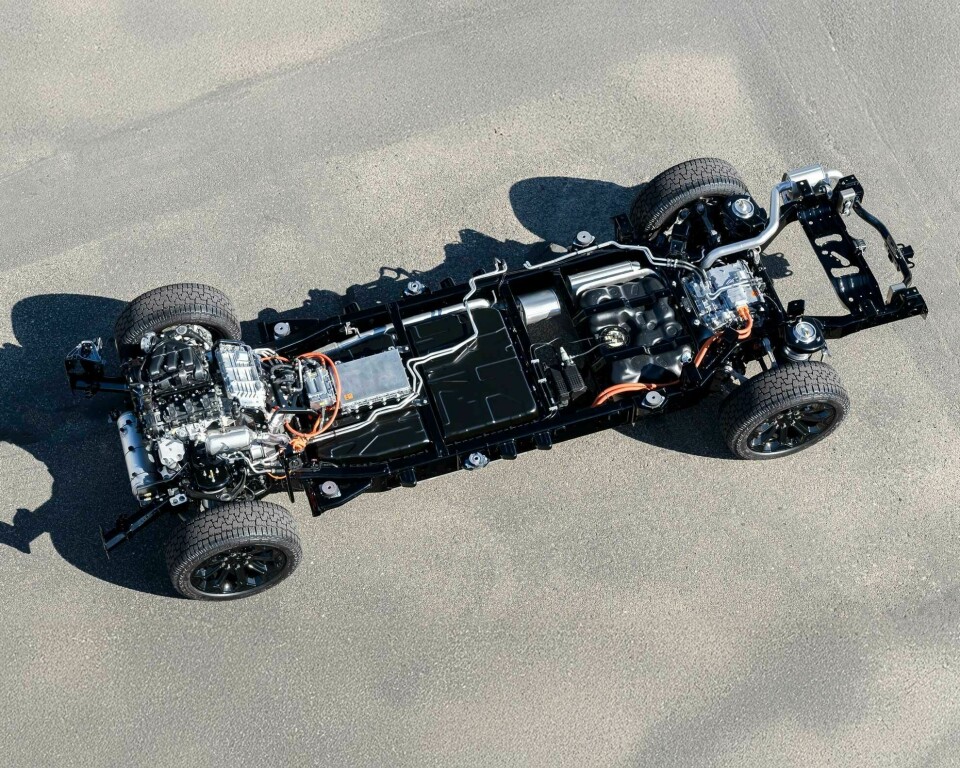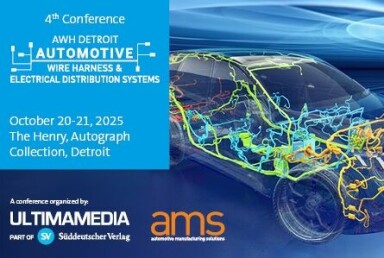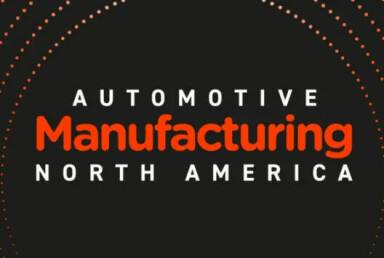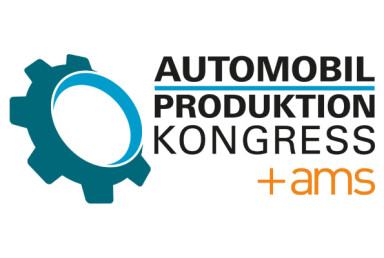Hybrid powertrains will continue to support the transition to vehicle electrification
Weak EV demand, critical mineral supply challenges and tariff-driven market uncertainty keeps hybrid vehicles in the big picture for model development and production investments.

Ever since the automotive industry emerged from the nightmare that was Covid, and even during the discretion of the chip crisis, the switch to electric vehicles was arguably seen as the industry’s saviour in terms of new investment and a technology shift. Governments the world over offered incentives of varying degrees to encourage investment in battery production and/or get consumers to buy electric vehicles. Under President Biden trillions of dollars were offered – mostly via tax breaks rather than solely by direct cash infusions – to get car companies to build battery plants across the US and invest in mining and materials processing for these plants. In Europe, both the EU and the UK government have banned pure ICE powered vehicles from 2030, but hybrids of various forms will be allowed to remain on sale through to 2035. With consumers not taking to battery electric vehicles in the numbers which the authorities had hoped for or wanted, hybrids have been taken up in increasing volumes as a relatively environmentally friendly alternative to traditional ICE vehicles.
”Even the Chinese vehicle companies, which lead the EV market now, have not given up on hybrids. BYD, which has overtaken Tesla as the leading EV maker, remains strong in hybrids”
Hybrids remain an important option for OEMs
For the car companies the continued ability to sell hybrids, whether full hybrid (as per Toyota) or the plug-in variety offered by many companies, including Toyota – as well as other variations on the theme – is attractive. Notably, the investment in batteries for hybrids is less than for full electric vehicles, reducing the strain on supply chain managers chasing adequate critical minerals supply, and because hybrids require a modified internal combustion engine, the car companies’ finance directors can see a continued return from what might have otherwise been redundant or soon to be redundant assets.
Even the Chinese vehicle companies, which lead the EV market now, have not given up on hybrids. BYD, which has overtaken Tesla as the leading EV maker, remains strong in hybrids. And in fact it has been reported that BYD will allocate one of its two new factories being built in Europe 100% to hybrids while the other will be a full EV plant. Elsewhere, the switch to purely electric platforms has slowed and either hybrids will remain in production and on sale for longer than once planned or programmes, which were due to be wholly electric, will retain or add hybrid options.
At Nissan, the planned electric Qashqai and Rogue have been delayed until the early 2030s; both will now be offered with Nissan’s hybrid e-Power set-up. Here, as with a number of other vehicles, the on-board petrol engines will charge or power the battery which will in turn drive the wheels; the engine does not power the wheels, so no conventional gearbox is required. Nissan will offer full EVs as well, with the new Leaf and existing Ariya respectively offered as full electric options below and above the Qashqai in terms of size and price.
”Back in 2023, Toyota had told suppliers that they should plan for EV volumes of 1.5m vehicles for 2026, but in 2024 it told its suppliers that 2026 volumes would be just 1m…”
Suppliers up pressure due shifting EV component volumes
Toyota, which is developing its own EVs such as the new CHR+ from Japan and under the bZ (beyond Zero) badge, sourcing some of these vehicles from China, is also continuing with its long-established presence in hybrids. The next Aygo X, its entry model for Europe, will only be offered with a hybrid set-up, and in the US the Camry and RAV4 will also be offered only in hybrid format; in the case of the higher specification RAV4, a plug-in hybrid will be offered. Toyota has also delayed its own battery factory investment in Japan in view of the slowdown in EV take-up. Back in 2023, Toyota had told suppliers that they should plan for EV volumes of 1.5m vehicles for 2026, but in 2024 it told its suppliers that 2026 volumes would be just 1m, and earlier in 2025 Toyota cut this guidance to 800,000. With exports from Japan to the US now complicated by the uncertainty of tariffs, suppliers who had invested for a planned volume of 1.5m EVs will be facing the future with some trepidation. For suppliers based in Japan this is more serious as, the electric CHR+ aside, Toyota is making most of its EVs either in China or in the US for the US market.
US tariffs influencing hybrid production locations
Similar developments in favour of hybrids are evident elsewhere. At Stellantis, the premium DS range will have plug-in hybrids (PHEVs) alongside all electric models. The new No 4 model, replacing the DS4, has just been launched with both plug-in and full electric versions. The similarly sized Peugeot 308 and 408 have also been launched with the same PHEV powertrain as in the new DS model. Stellantis had previously indicated it would move quickly to a fully electric line-up, but its mid-size European range will all come with PHEVs. Crucially the former pure ICE factory at Szentgotthard in Hungary has been refitted to make over 200,000 hybrid powertrains a year for the group’s STLA Medium and STLA Large platforms, suggesting some production of PHEV units could potentially be shipped, tariffs permitting, to the US where the STLA Large platform is mainly used.
In a similar vein, and partly because of US tariff policy, but also reflecting consumer demand, Volvo is expected to add the XC60 hybrid model to its US factory’s line-up, and similarly, Mercedes will add the hybrid GLC crossover to its factory line-up in Alabama. Even in China, hybrids will play a role, especially at western brands seeking to differentiate themselves from the increasingly sophisticated domestic brands, which are focused on EVs. For example, Volvo has announced a new XC70 hybrid crossover (which will sit size and height wise between the EX60 and EX90 all electric models. Depending on the level of hybrid demand from Europe, this vehicle may well be exported from China too.
“For suppliers of legacy technologies, as well as equipment suppliers, the expected demise of their traditional businesses may well be delayed a little while yet”
The switch to BEVs once seemed unstoppable and one day, environmental pressure groups, regulators and governments may get their wish for a 100% electric car market. However, consumer resistance to EVs, whether because of charging infrastructure concerns or range anxiety in general, along with concerns over the vital mineral supply chains required to support battery production, the move over has turned out to be much slower than expected. Vehicle companies have responded to the requirement from regulators to cut emissions by increasing their hybrid offerings. Meanwhile the demands of the transition to EVs have already been eased somewhat in recent times. It would not be surprising to see European authorities ease the transition still further. Pure ICE vehicles may well be banned by 2035 in Europe and become increasingly rare elsewhere. However, this does not mean production will shift to 100% to full EVs. Hybrids, whether plug-ins or extended range versions, will now play a significant role through to the mdi-2030s and beyond, and for suppliers of legacy technologies, as well as equipment suppliers, the expected demise of their traditional businesses may well be delayed a little while yet.



